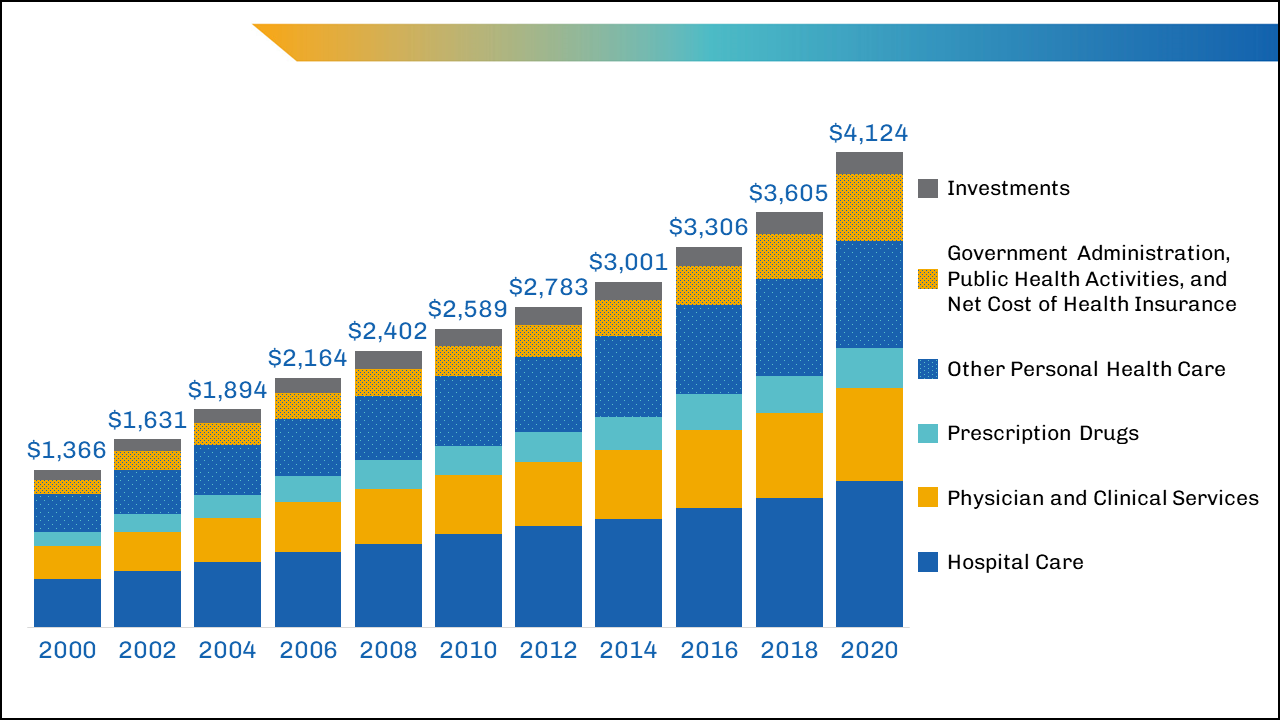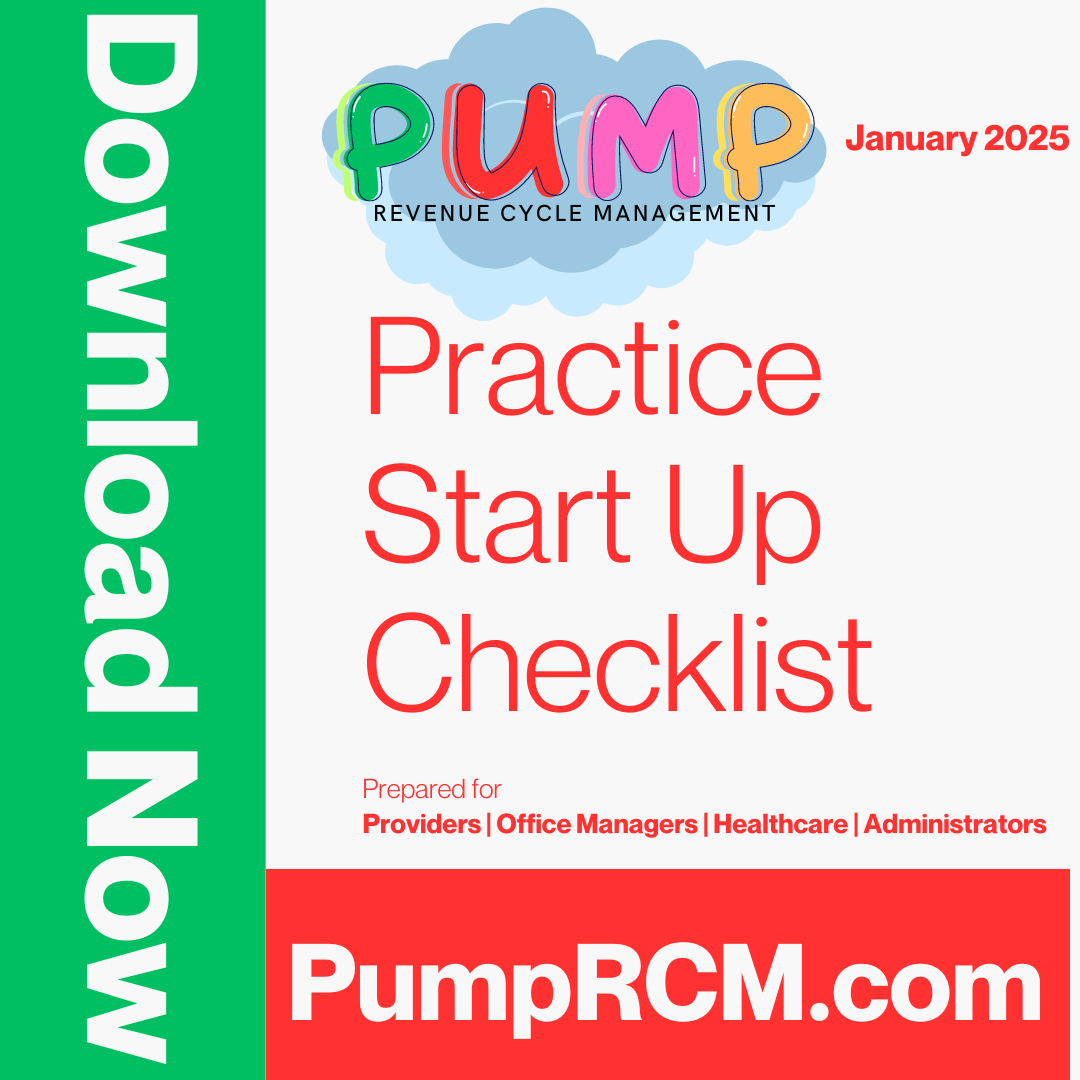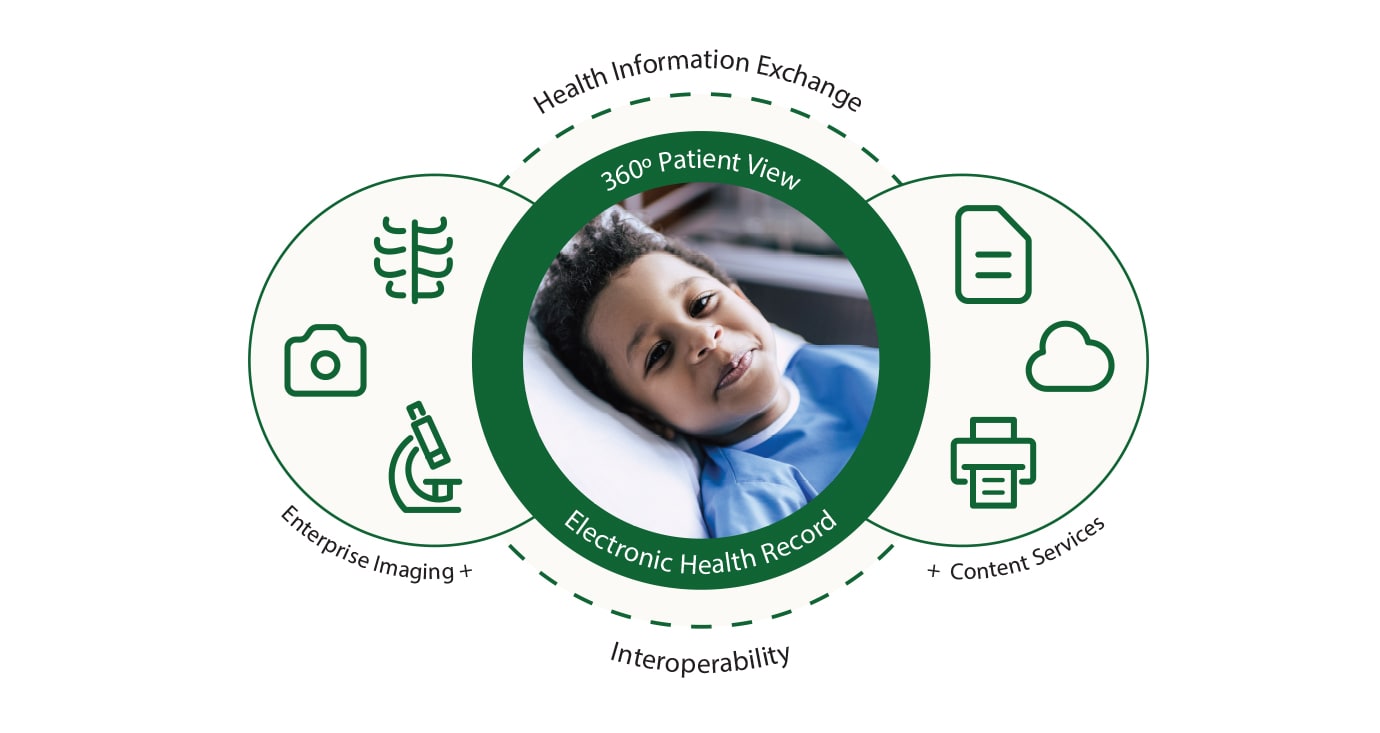Exactly How Healthcare RCM Solutions Streamline Invoicing and Collections
Wiki Article
A Comprehensive Overview on Exactly How Healthcare RCM Works to Streamline Payment and Collections
Navigating the complexities of health care income cycle management (RCM) is crucial for carriers intending to improve their payment and collections procedures. The guide unpacks the ins and outs of RCM, from person registration to accounts receivable administration, providing understandings into enhancing each step.Understanding Profits Cycle Administration
RCM is a vital management feature that encompasses the entire monetary procedure of individual care, from the initial consultation establishing to the last settlement of the equilibrium. It is an intricate procedure created to determine, accumulate, and take care of the revenue from the solutions given to clients.The RCM process begins when a client timetables an appointment and extends with the patient's treatment trip, including invoicing and collections. An essential purpose is to decrease the time between receiving and offering a solution repayment, therefore enhancing the company's economic wellness. RCM entails various functions such as person enrollment, insurance policy confirmation, cost capture, coding, claims submission, repayment posting, and taking care of appeals and denials.
Secret Components of RCM
In the world of Earnings Cycle Monitoring (RCM), recognizing its crucial parts is fundamental to attaining financial effectiveness within healthcare companies. RCM is an extensive procedure that incorporates different phases, each vital to making sure efficient billing and collections. The primary parts include client registration, insurance coverage confirmation, cost capture, coding, insurance claim entry, settlement publishing, and accounts receivable administration.

When coded, insurance claims are sent to payers, where precision is paramount to stay clear of rejections or delays - Healthcare RCM. Repayment publishing involves recording the obtained settlements, which enables the settlement of accounts. Last but not least, receivables administration concentrates on tracking and dealing with overdue claims, making certain timely follow-up and resolution
Each component of RCM is interconnected, and inefficiencies in any component can interfere with the entire cycle. Consequently, understanding these components is necessary for doctor to maximize earnings and boost their economic wellness.
Approaches for Efficient Invoicing

Systematizing payment procedures throughout the organization is one more essential technique. Developing clear standards for documentation, coding, and entry assists maintain consistency and compliance with regulative demands. Training staff frequently on these procedures makes sure everybody is up-to-date with the most current modifications in invoicing codes and payer policies.
Accurate fee capture is essential in avoiding income leakage. Applying normal audits and monitoring systems permits the identification and modification of disparities before they influence revenue. Furthermore, maintaining open lines of communication with payers assists to swiftly resolve any kind of disagreements or misunderstandings that may develop.

Lastly, interesting patients early in the billing process by supplying clear quotes and academic materials regarding their monetary duties can considerably decrease complication and enhance repayment timeliness. These methods collectively add to a much more effective and financially healthy invoicing system.
Enhancing Collections Procedures
A durable collections procedure is essential for maintaining financial security within healthcare organizations. Offered the intricacies of medical invoicing and the range of payer needs, enhancing the collections process entails executing strategic procedures that make certain accurate and timely repayment of solutions made. Central to this is the usage of technology to automate and improve processes, lowering hand-operated errors and boosting effectiveness. Automation devices can aid in tracking claim statuses, sending out timely tips to clients, and managing rejections better.Clear and transparent client communications are crucial. Offering comprehensive descriptions of costs and using versatile repayment strategies can increase patient contentment and prompt repayments.
Normal audits of the collections process should be conducted to determine locations for renovation and make certain compliance with guidelines. By analyzing information, medical care companies can identify fads, prepare for prospective concerns, and adapt strategies accordingly (Healthcare RCM). Eventually, a well-enhanced collections procedure not only sustains financial wellness yet also adds to a much more seamless experience for individuals and personnel alike
Optimizing Revenue Streams
Building upon the foundation of a strong collections procedure, health care companies can further bolster their financial stability by tactically maximizing income streams. This includes a multi-faceted strategy, starting with a comprehensive evaluation of existing revenue sources to determine inadequacies and locations for development. Utilizing advanced information analytics devices makes it possible for organizations to get insights into payer mix, client demographics, and solution utilization patterns, permitting for data-driven decisions that boost profits capture.Carrying out automated invoicing systems can dramatically lower errors and expedite claims refining, guaranteeing that revenue is gathered extra effectively. Additionally, maximizing payer agreements through regular negotiations can boost reimbursement rates and terms, directly impacting the bottom line. Branching out service offerings, such as incorporating telehealth or health care, can also draw in a wider client base, hence raising earnings capacity.
One more vital component is enhancing person interaction and contentment, as pleased clients are more probable go to website to follow treatment strategies and make timely repayments. Providing adaptable settlement options and transparent invoicing look at this website techniques can boost collections and foster patient commitment. Healthcare RCM. By taking on these strategies, health care organizations can create an extra durable economic structure, ensuring sustained growth and security in an ever-changing sector landscape
Final Thought
To conclude, health care Income Cycle Administration (RCM) plays a vital function in optimizing invoicing and collections processes by incorporating key components such as patient enrollment, insurance policy verification, cost capture, coding, claims entry, and accounts receivable administration. By utilizing advanced innovation, standardizing procedures, and fostering patient interaction, doctor can significantly decrease claim denials, accelerate settlement cycles, and improve capital. This detailed strategy to RCM ultimately leads to improved economic performance and sustainability for health care companies.The RCM process starts when a person schedules a consultation and prolongs through the patient's care journey, consisting of invoicing and collections.Another crucial element is boosting person engagement and contentment, as pleased individuals are a lot more likely to stick to therapy strategies and make prompt settlements. Providing versatile payment alternatives and transparent billing techniques can enhance collections and foster client commitment.In conclusion, healthcare Revenue Cycle Monitoring (RCM) plays a vital role in optimizing invoicing and collections procedures by integrating crucial parts such as client registration, insurance policy confirmation, charge capture, coding, declares entry, check these guys out and accounts receivable monitoring. By employing innovative technology, systematizing treatments, and cultivating patient involvement, medical care providers can substantially decrease claim denials, accelerate settlement cycles, and boost cash money circulation.
Report this wiki page